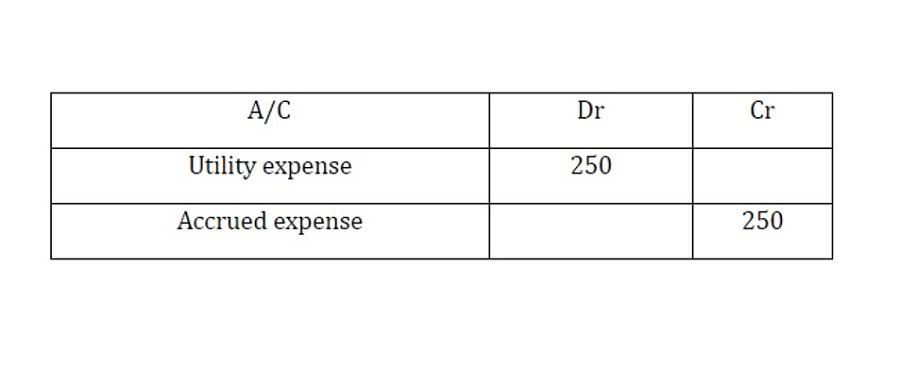
If you want to learn how to make money online with a new business model, being adaptable how to scale a business is critical. Follow us on social media to stay up-to-date on the latest business strategy, finance and AI dashboard news and tips. Customer Acquisition Cost (CAC) is the total cost of acquiring a new customer. Investing in the right tools can help you manage larger volumes efficiently. The next billion-dollar company might not be a corporate giant—it might be a team of two developers, a solopreneur, or an AI-powered operation running with near-zero overhead. The game has changed, and the new rules are being written by SSBs.
What is growth in business?
Already-made shirts take longer to cut and evaluate for quality, so the brand has since expanded its source materials. Here are a few questions to ask yourself to help you decide if it’s time to make a plan for sustainable scaling. Katie and her sister Amanda are the brains behind Pantee, a line of underwear and bras made exclusively from dead-stock t-shirts and t-shirt fabric. They launched in February 2021 after a successful Kickstarter campaign and have only grown since, adding new products and seeking further investment to keep up with demand.

How do you scale without losing quality?

Additionally, I spent time reflecting on my core strengths, which are leading teams and driving growth. I realized that these skills would serve as the foundation of my business. Finally, I committed to jumping in with both feet and never looking back. Starting a business requires full dedication, retained earnings and I was ready to give it my all. A successful business growth strategy hinges on several key pillars. Market penetration focuses on increasing your share in existing markets, while strategic partnerships can enhance your reach and capabilities.
Experience our commitment to quality excellence
Typically, you’ll begin to think about scaling after you’ve developed business processes and systems to support growth and have a healthy cash flow. As your business scales, you’ll need a team that can support and drive this growth. Focus on hiring adaptable and skilled employees who can grow with the company. Invest in training and development to equip your team with the necessary skills to handle increased responsibilities. The aim of scaling is to increase revenue with minimal cost increments. This efficiency leads to higher profitability as the business expands.

Smart AI Needs Smarter Data – How Data Governance Delivers Both
- With the right systems and people in place, you’ll have more time to work on the business—like casting vision, setting big-picture goals, and creating strategic plans for long-term success.
- In this comprehensive guide, we’ll cover everything you need to know about scaling.
- As your business grows, you’ll need to be prepared for spikes in customer demand.
- Without a clear plan, you might struggle with inventory shortages or overwhelmed staff, making it difficult to sustain growth.
Along the way, we’ll unpack the difference between growing and scaling and discuss how to tell when you’re ready to expand. A business that can scale efficiently is better positioned to adapt to market demands and changes. It can cater to a larger audience, https://www.bookstime.com/articles/negative-retained-earnings improve profit margins, and enhance customer satisfaction without overextending resources. Scaling ensures that a business remains viable and competitive in the long run.
- And when I return from a trip, I usually have new ideas, different approaches to a problem — brilliant thoughts to share.
- As the company grows, so, too, should the number of decision-makers.
- Start by analyzing past marketing campaigns—what worked and what didn’t.
- Implementing the most relevant technology is one of the best routes to scaling a business.
- Perhaps most impressively, Airbnb managed to preserve its core mission of creating belonging while scaling to millions of listings worldwide.
By definition, scaling requires less investment than growing a business, but there will still be costs involved. For example, purchasing new tech to streamline operations, or hiring more serving staff when scaling up a food and drink business. Cash flow refers to the lifeblood of your enterprise – namely, the money entering and leaving your business account in a given period of time. Having positive cash flow means that you’ve earnt more from your business operations than you’ve spent on things like equipment, rent, travel, and staff wages. This can lead to a diversification of the services and products you provide, allowing your business to prosper while spurring the professional growth of your team.
Outsource for efficiency

To establish a scalable business model, you need to assess your current operations, identify bottlenecks, and make necessary improvements. This may involve streamlining processes, automating tasks, and implementing agile methodologies. By laying a solid foundation, you can ensure that your business can handle increased demand and deliver consistent results. Scaling a small business is a complex and multifaceted process. It requires careful planning, strong foundations, talented teams, effective marketing strategies, and prudent financial management. By focusing on these key areas, small business owners can position themselves for sustainable growth and long-term success.
Strengthening the core
Still, letting go of the reins can be challenging for entrepreneurs accustomed to handling everything themselves. It’s essential to remember that letting go can help you facilitate business growth and focus on objectives better. Moreover, scaling your small business allows you to maximize your revenue potential. As your business grows, you can secure larger contracts and negotiate better deals with suppliers. This means that you can increase your profit margins and generate more revenue.
